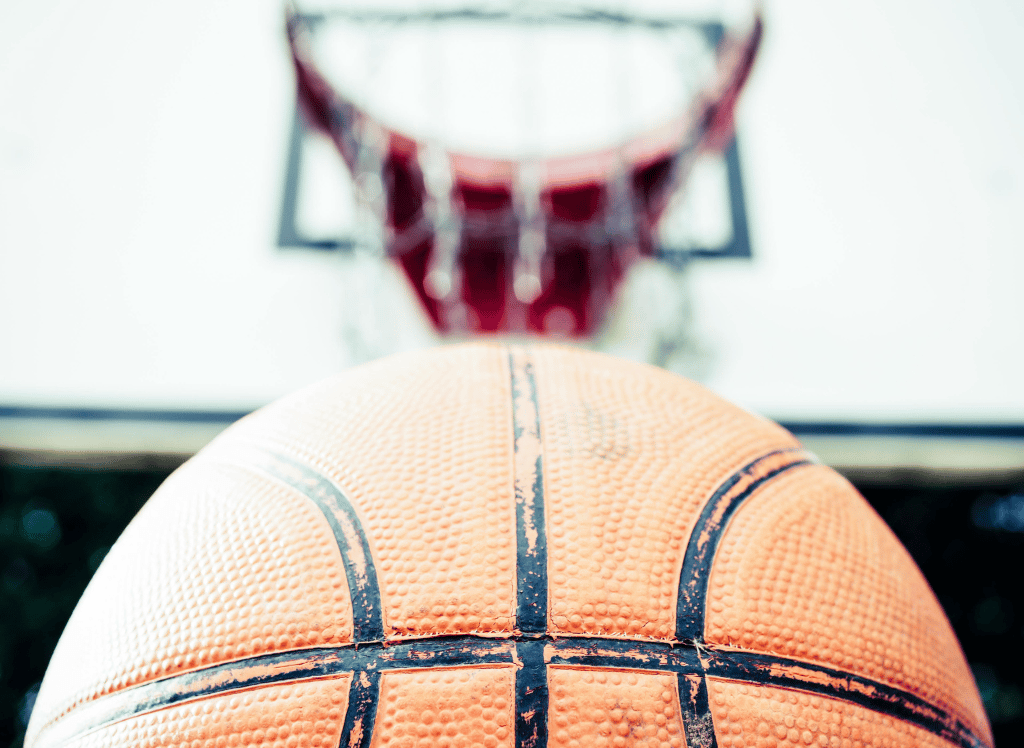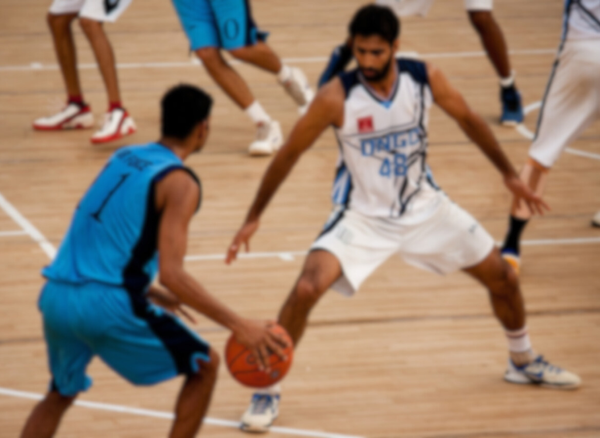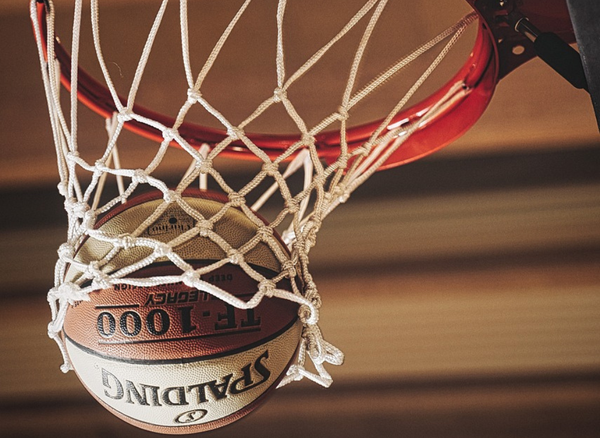Basketball is a game full of giants, speedsters, and magicians with the ball. It isn't just about scoring points. It's about playing your role, and doing it well. In the lineup of positions, there are point guards, shooting guards, a center, small forwards and power forwards. The forward positions are like the middle children—often misunderstood but incredibly vital. Let's break down these basketball positions in a way that even a soccer fan could understand.
What Exactly is a Small Forward?
The small forward, or the "Swiss Army knife" of basketball, is a position that requires versatility and agility. Think of LeBron James or Larry Bird.
From sinking jump shots from the three-point line to grabbing a defensive rebound, these players are the jack-of-all-trades on the court. They are generally referred to as the team's most versatile players, often tasked with scoring, defending, and sometimes even acting as a secondary ball handler; point forward.
Small forwards need to exploit open space effectively, making them crucial in creating scoring opportunities. They operate both inside the three-point range and close to the basket, making them unpredictable and harder to defend. Their ability to adapt and cover multiple positions makes them invaluable during a game.
And Then There’s the Power Forward
On the flip side, the power forward is like the team's workhorse, known for their physical presence and strength. Players like Tim Duncan or Charles Barkley exemplify this role, often positioned near the basket and playing a pivotal role in grabbing rebounds and blocking shots. Power forwards are typically one of the tallest players on the team, using their size and strength to out-muscle opponents in the low post.
They are essential in setting screens and freeing up teammates for scoring opportunities. Their role is less about finesse and more about force, making them crucial in maintaining the team's defensive backbone.
Difference between Power Forward and Small Forward
When comparing the skill sets, small forwards are expected to be good shooters, decent passers, and agile defenders. They should handle the ball efficiently and be able to take jump shots as well as penetrate defenses.
On the other hand, power forwards lean more towards strength; they need to be excellent at rebounding, efficient in post moves, and capable of using their physicality to influence the game.
Influence on Game Strategy
The strategy for using these positions effectively varies with each game plan. Small forwards are often used to stretch the defense, making room for others by being a credible threat from long-range.
Power forwards, however, are often part of strategies focusing on interior dominance and high-percentage shooting. They are crucial in executing basketball screens and solidifying defense near the basket.
Transitioning Between Roles
Interestingly, the line between a small forward and a power forward can sometimes blur. Players like Kevin Durant have shown that it's possible to be effective in both roles, thanks to their unique combination of height, skills, and agility. This versatility allows coaches to play around with lineups and strategies, making the game more dynamic and unpredictable.
Defensive Duties
Defensively, each position has its challenges and responsibilities. Small forwards are generally tasked with guarding multiple positions, thanks to their speed and size. This requires them to be good at man-to-man defense and capable of switching quickly between opponents. Power forwards, however, are the anchors of team defense, often taking on the opposing team’s bigger and stronger players. Their ability to protect the rim and contest shots is critical to their role.
The Rebounding Game
Rebounding is another area where these two positions show their importance. While power forwards are expected to be aggressive and effective in grabbing rebounds due to their size and strength, small forwards are not far behind. They too contribute significantly, especially in defensive rebounding, by using their agility to outmaneuver larger opponents.
Small Forward vs Power Forward FAQs
Browse through our frequently asked questions section to learn more about these two forward positions.
Can a player be both a small forward and a power forward?
Yes, some players are versatile enough to play both positions effectively, depending on the team's needs and the game's context.
Which position is more important for scoring?
Both positions contribute to scoring, but small forwards are usually more versatile in their scoring ability, utilizing both long-range shots and close-range plays.
How do coaches decide which player plays which position?
Coaches consider a player’s physical attributes, skills, and the team’s tactical needs to decide their position. This decision is crucial for balancing the team’s offensive and defensive capabilities.
Conclusion
Understanding the roles of small forwards and power forwards helps fans appreciate the strategic depth of basketball. Each position brings unique skills and plays a critical role in the team's success. Whether it's the agility and versatility of the small forward or the strength and resilience of the power forward, basketball wouldn't be the same without them.









